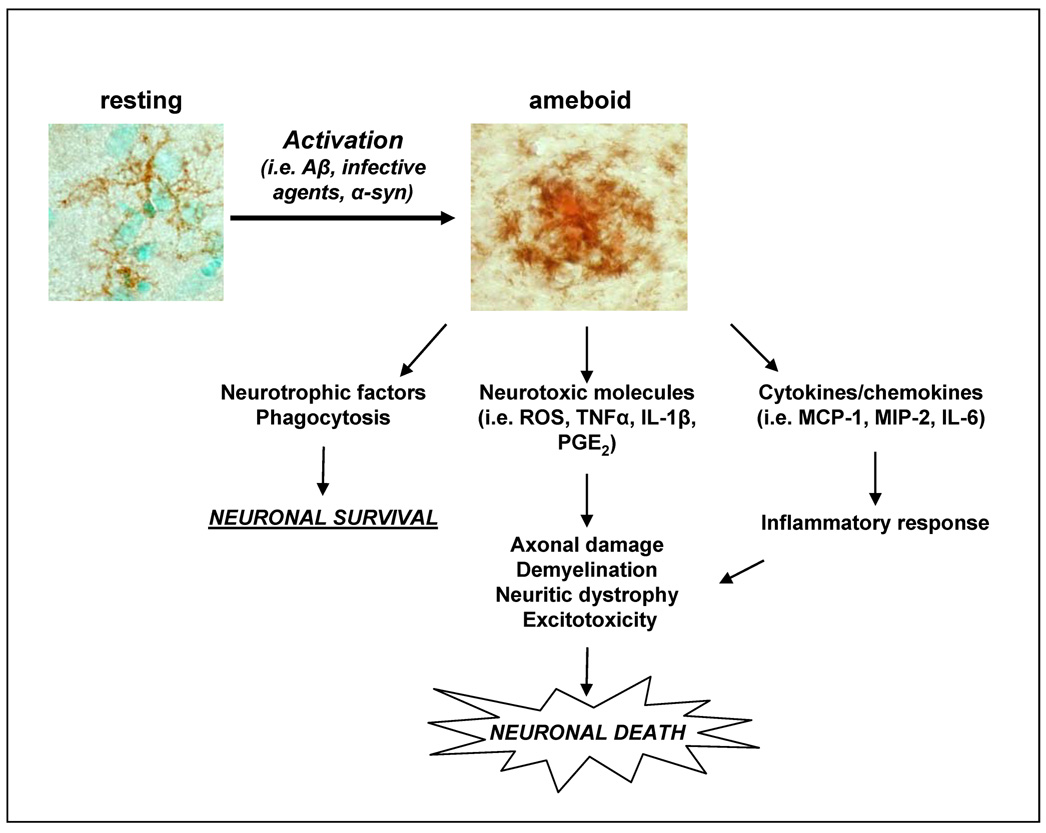Figure 1. Microglia activation and neural cell loss.
Activation of microglia causes the secretion of short-lived diffusible molecules, such as reactive oxygen species (ROS), that produce an oxidative burst that is directly toxic to surrounding cells. In addition, peptides and inflammatory mediators are produced by activated microglia to communicate the ongoing local reaction to the periphery; circulating inflammatory cells are attracted by these molecules to the injured site and further sustain the local inflammatory reaction. Secretion of neurotrophic factors, as well as elimination of noxious material from the extracellular space through phagocytosis are also key features of microglia activation, which have instead beneficial consequences for brain health.

